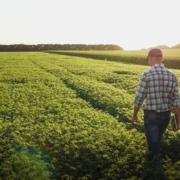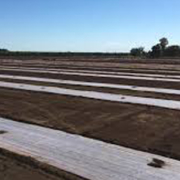Feeding the World Part 2: A Tale of Two Worlds
 Print This Post
Print This Post
By Lee Rinehart, NCAT Agriculture Specialist
In the first blog in this series, I wrote about the feed the world narrative and how it is used to divert attention from the interests of powerful organizations and businesses to the interests of a diffuse and artificially constructed idea of a global population. I argued that the food crisis is commonly understood as a function of food insecurity,; that not enough food is being produced and a productivist solution will solve the problem and provide enough calories for every person on every continent. In contradistinction to this idea, I championed agroecology as a better way forward, but I questioned whether agroecology could feed local populations and, importantly, provide a broader impact by supporting nearby cities. In other words, can a regionally based agroecological food system achieve food sovereignty, where those who grow, process, deliver, and consume food, on a regional scale, control their own processes and policies?
Let’s do a thought experiment. What might a regional agroecological food system look like in the U.S.? First, consider a small organic farm in Thailand. Like many agroecological farms across the global south, this farm, the Pun Pun Center for Self-Reliance, keeps input costs low and strives to be self-reliant. They developed a community-based model where farmers could take charge of their own markets and, most importantly, the model enables farmers to grow enough food for their families first and then sell the leftovers. The farm philosophy is all about making connections between farmers and consumers, because to be self-reliant means you are reliant on your community, as well.
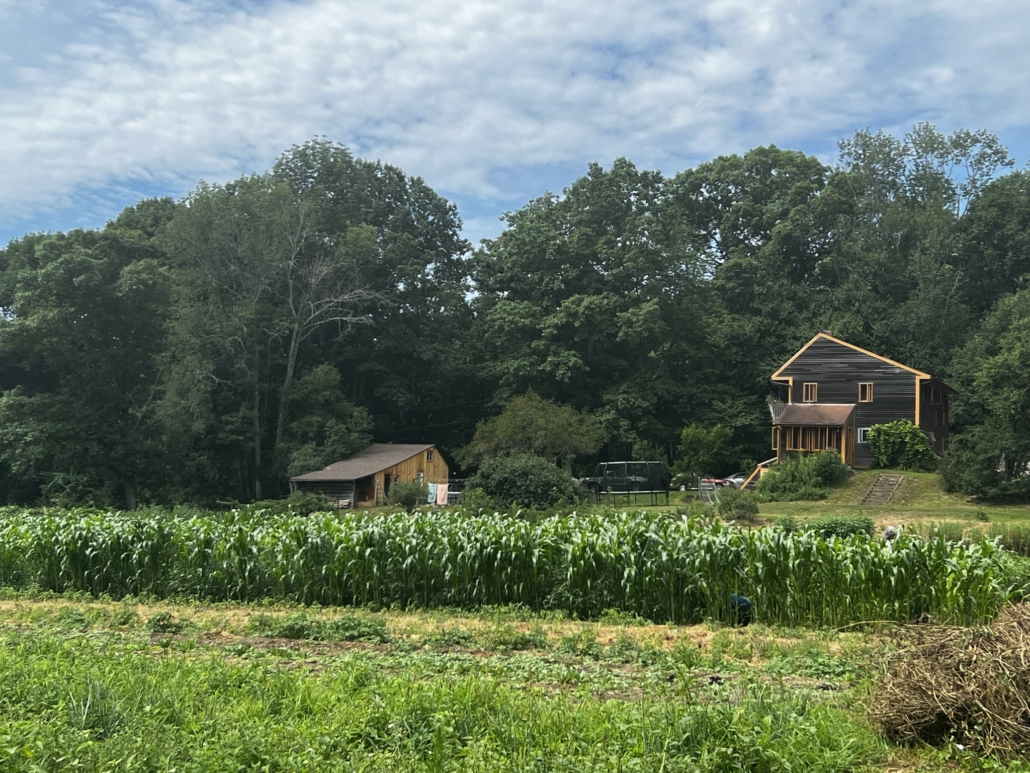
Many Hands Organic Farm. Photo: Lee Rinehart, NCAT
Now let’s consider a small organic farm in Barre, Massachusetts. I spent some time at Many Hands Organic Farm in the summer of 2022 and spoke with farmer Julie Rawson about food, farming, and people. As she talked, I kept thinking about Pun Pun and their goal of developing self-sufficiency by growing diversified crops for their families first and selling the rest. Julie and I spoke while she weeded corn by hand, the sound of her pulling pigweed and the muted conversations from farmworkers accentuating the agrarian ethos imbued in her farm. She’s been farming Many Hands Organic Farm since 1987 with her partner Jack Kittredge, and she’s passionate about farming as a way of life. She recognizes, however, that farmers need a stable, living income. For Julie, economic viability is the biggest challenge for small-scale farmers in the U.S.
Continuing with our thought experiment, what if Pun Pun’s model, or some semblance of it, could be adopted in the U.S.? What can we learn from Pun Pun’s example? As Julie and I spoke, I reflected on how the average U.S. farmer, much like Thai farmers, is embedded in a global market system that keeps prices low amid high land costs, expensive inputs, and markets controlled by other interests. The system is skewed toward larger farms and businesses that produce commodity crops that are subsidized by government in response to pressures applied by global agribusiness. This system keeps profits flowing toward middlemen while small-scale farmers live at the edges trying to eke out a living selling food for prices that barely cover costs. This is what Jo Jandai, Pun Pun’s co-founder, is trying to overcome in Thailand by forming Thamturakit, an effort to support farmers and consumers in gaining market autonomy. Their model works through education and providing opportunities for farmers and food producers to sell their surplus crops within the network.
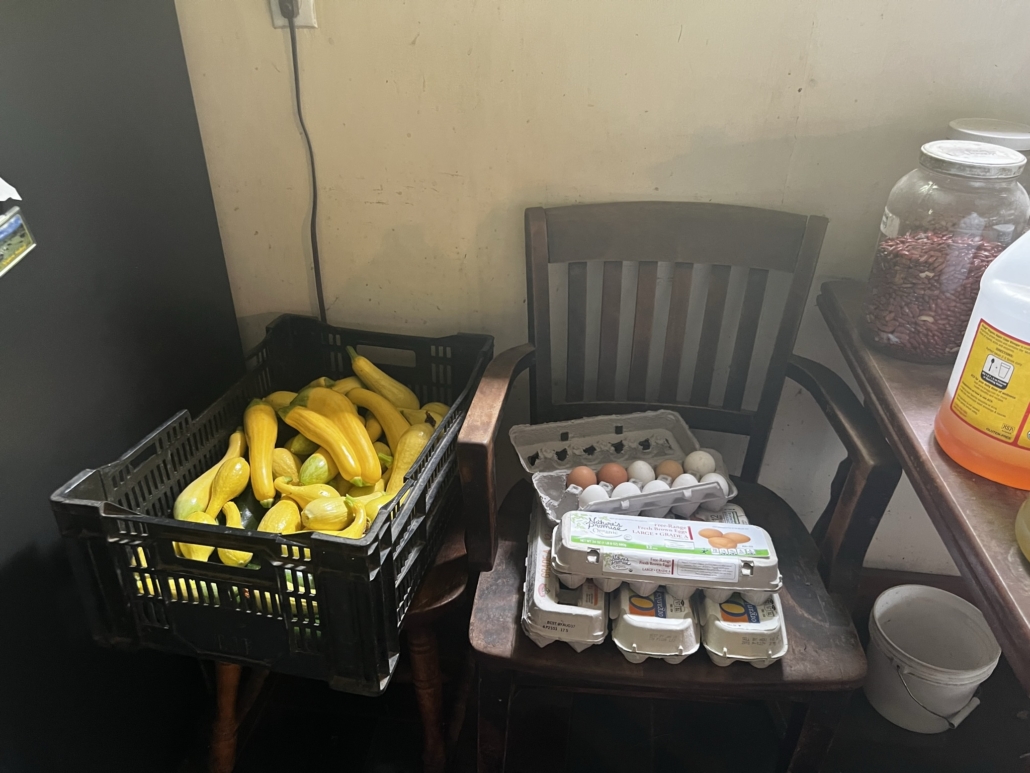
Harvested squash and eggs at Many Hands Organic Farm. Photo: Lee Rinehart, NCAT
I see many similarities between the two farms in Thailand and Massachusetts. Many of Julie’s ideas remind me of Pun Pun in Thailand. She has been farming within a system that is set up for small farm failure. Her advice: pay people well, grow your own food, and have some off- farm income to provide a buffer to help pay the bills. You also need to be creative in engaging the community in issues beyond food and farming. Growing your own food, fostering a rich social life grounded in an agrarian ethic, and paying workers (or in Pun Pun’s case, cooperative farmers) a reasonable salary are essential for small farms to remain viable.
In a world where the true cost of food doesn’t make it into the calculation of food prices, the ability to maintain a living on small farms is threatened. But our thought experiment gives me hope. I can reimagine what small farm viability looks like. Farmers, whether they are small-scale vegetable producers or commodity corn and soybean producers, want to do the right thing. They want to reduce costs, treat the soil well, and build a livelihood for their families. Many wish to reduce nitrogen use, plant cover crops, and some think hard about how to diversify their farms with crop rotations. But most farmers operate within a system where they must use chemicals to be profitable. First and foremost, they need a good crop to ship to the grain elevator or the wholesaler. The business of agriculture makes it necessary to purchase inputs to produce a uniform commodity crop that fits into an industrial processing and distribution model. But if we imagine our farms as human-scale enterprises with diversified crops, livestock, cover cropping, and intensive rotations, and if we look at them first as providing food to the farm (and extended) family with the surplus going to neighbors, if we build community, and, finally, if we enact policies to support them, then we may have found an answer to the small-farm viability problem.
Related ATTRA Resources:
Feeding the World: Localism, Ecological Resilience, and Farmer and Community Agency
Episode 263. Feeding the World: Localism, Ecological Resilience, and Farmer Agency
Other Resources:
PUN PUN Center for Self Reliance
Thamturakit: Reimagining Agriculture in Thailand
This blog is produced by the National Center for Appropriate Technology through the ATTRA Sustainable Agriculture program, under a cooperative agreement with USDA Rural Development. ATTRA.NCAT.ORG.

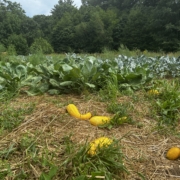
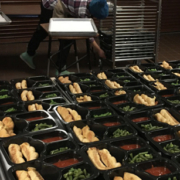
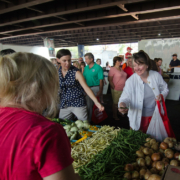 USDA Photo by Lance Cheung.
USDA Photo by Lance Cheung. 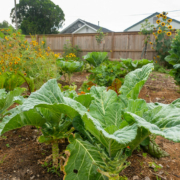 USDA by Kirsten Strough
USDA by Kirsten Strough